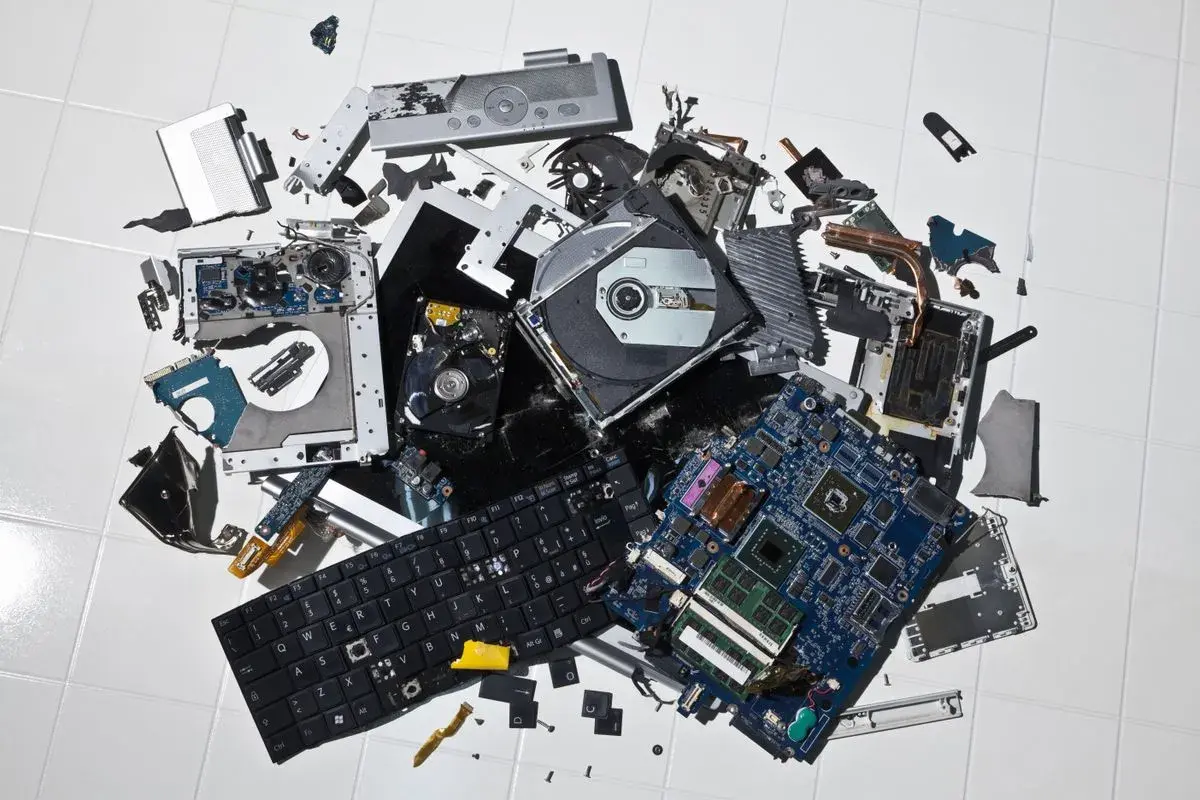Analysts have warned Windows 10 end of life plans could spark a global torrent of e-waste, with millions of devices expected to be scrapped in the coming years.
Research from Canalys shows that up to 240 million PCs globally could be terminated as a result of the shift over to Windows 11, raising critical questions about device refreshes and the responsibility of vendors to extend life cycles.



Why would 240 million devices be scrapped? Just install Windows 11 or Linux on them. If you have a PC built in the last 6 years, you can probably run an OEM version of 11 if your settings in 10 is saying you don’t qualify.
This post just highlights just how woefully technologically unsavvy the average person is.
Windows 11 actually won’t run on all of them due to inconsiderate and arbitrary system requirements… but otherwise yes.
Windows 11 officially requires Secure Boot and TPM 2.0, but can easily be run with just TPM 1.2, and with some effort even without TPM. All the other system requirement increases (like single to dual core, 2 to 4 GB RAM, etc.) don’t really play a role for any recently built PC anyway.
In the case of business’s, liability reasons, real and imagined, mostly prevent just “switching” OS’s freely.
In the case of home users, think of how many people you know that have a windows computer. Now how many of those people can you confidently say could install ANY OS, let alone handle setting up Linux or bypassing TPM requirements for W11?
Personally, out of the hundreds of people I know with a windows computer, I can count on my fingers how many I’m confident in being able to install an OS. Most people are really not tech savvy. They will just ride it out with no security patches until it becomes Jenn’s laptop from the IT Crowd, and then they’ll chuck it in the garbage.
Windows 11 needs Secure Boot and/or TPM workarounds, and while Linux is better than it used to be, but it still hates peripherals. Only 5% of Americans work in the tech industry. Fry cooks and forklift operators often lack the education needed to find these workarounds, and are too busy and tired making ends meet to seek out that education.
In the modern corporate environment, most companies would rather replace their machines wholesale than risk unplanned downtime due to unforeseen glitches. They apply the principles of preventative maintenance to IT.
I like Linux (Mint is good stuff), and I believe in what it stands for. But the human desire for simplicity, reliability, and familiarity should never be construed as a lack of virtue.
I have a PC I built a year and a half ago and apparently it “doesn’t meet the requirements” for windows 11…
Ryzen 5 5600x and a 3060 TI.
The cpu should support windows 11. Have you enabled fTPM in the bios?
That sounds like a solvable issue for me. The upgrade health check tells you exactly what prevents you from upgrading.
My system gets flagged as not applicable as wellndue to secire boot not being active. I could resolve it by enabling it, but since I still have an old MBT Id need to switch that aswell. Which I procastinate, as I won’t get nagged to upgrade to win11
I never completely reset everything in the last few years, although I upgraded some components and did some Windows reset. The MBR never was part of it…
Windows 11 is adware and spyware wrapped in a thin OS veneer. I will never upgrade, end of support or no.